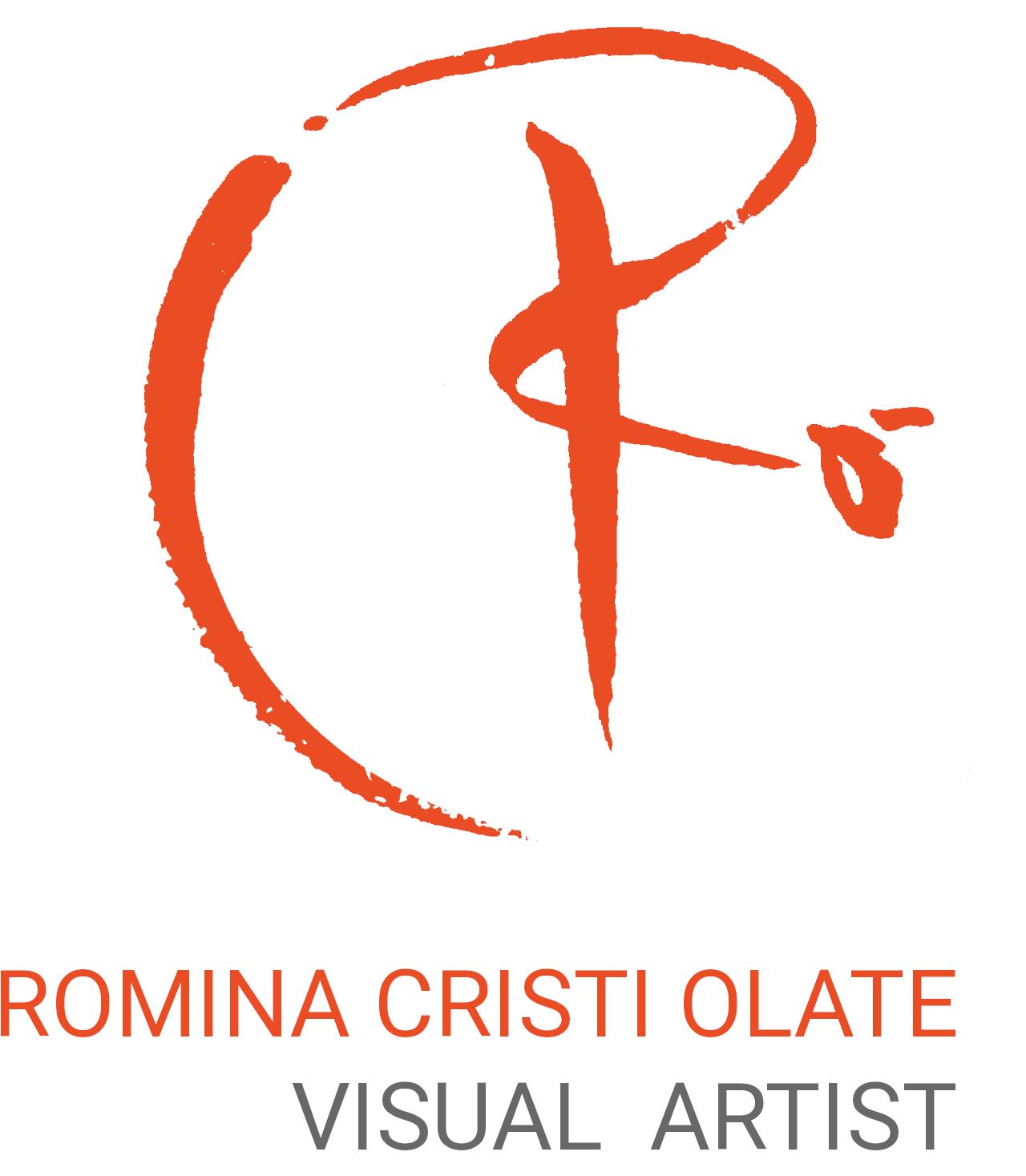ROMINA CRISTI OLATE Visual Artist
The Walkers Archive and zine
“Go and walk. Walk as long as you wish. Walk to wherever you want. Yes. That’s it. I will be here waiting for you.”
That is what I said to the twelve volunteers who accepted to be part of a walkers experiment I undertook during 12 days, at the Arch 4, a space arts in Southampton this summer (north of the planet). At the beginning of the process, that simple instruction was taken with suspicion by the participants. Some needed an explanation. Sometimes, it was a bit of anxiety about what was going to happen next. Well, here I’m not bringing answers either. My first motivation for starting the Walkers Archive project is an intuition that came from my own experience as a walker: It is when I’m out there, wandering around when I’ve easily found that thing called “present”. It is there, being alone and on the move when my mind is rather silent. I discover, in the act of walking, a time-space of calm that allows me to think more clearly. In my own experience, walking is a transforming practice, but what happens to others?
To answer this question I started to create an analogue, paper-based code, which aims to condensate and organise, in a simple way, subjective information regarding walks. It contemplates three different layers of the human experience: Physical, Mental and Emotional Perceptions. It also tracks walk times (Chronos & Kairos), utilising them as the axis for each module. This system has a foldable format, as an analogy of how our memory works. It can be densely stored in a small box and can be outspread piece by piece, to let them interlace chaotically. I consider this “code” an alternative way to map untouchable features of the habitat.
How is the city perceived in this slow-motion mood? What emotions and thoughts emerge or disappear? How can I ask people more deeply about it and start a conversation? How can I preserve such ephemeral and subjective content? How can I organise this information for creating something from it, later on? This was the first result of an experiment I aim to replicate in different cities.
In this project, every experience is like a tile that is carefully stored on a triangular box. I’m in the process of creating different boxes from different cities and exploring the idea of a mosaic in which every tile is not just a fragment of material, but also a condensation of walkers experiences. It will be a metaphor about how we, as dwellers, are sharing the space and interacting with reality from our single visions of the world.
As a result of the first chapter, I have created an artist book, The Archive which includes a zine, where the process has been synthesized.
Details Artist Book
Materials Markers, ink pens on papers and cardboard
Circa September 2019
Shows Arch 4- a space






















